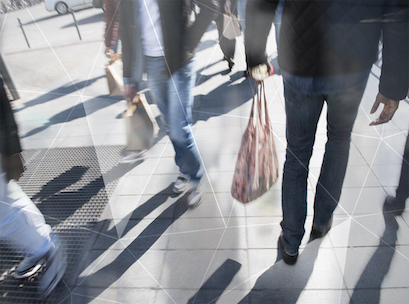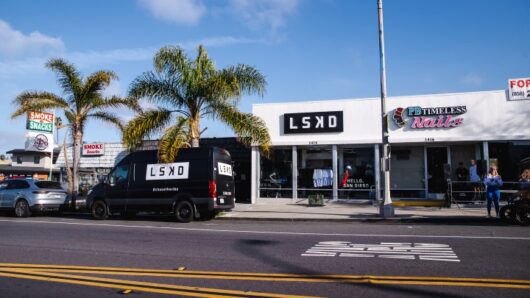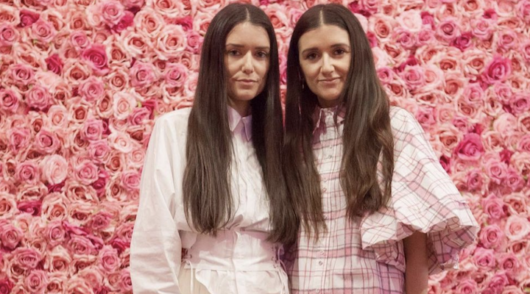 Seasonally adjusted retail turnover fell 0.5 per cent in December, tempering November gains and fuelling concerns that the all-important holiday month may not have delivered.
Seasonally adjusted retail turnover fell 0.5 per cent in December, tempering November gains and fuelling concerns that the all-important holiday month may not have delivered.
According to the latest Australian Bureau of Statistics (ABS) data, retail turnover increased by 2.49 per cent year-on-year (YoY), following a 2.87 per cent increase in November.
The figures came in below consensus forecasts of around a 0.2 per cent month-on-month decline as the impact of iPhone X sales on household goods, which helped drive a 1.3 per cent monthly rise in November, moderated.
In seasonally adjusted terms, household goods retailing fell by 2.6 per cent in December, growing at 2.98 per cent YoY, while weakness in department stores continued, sinking by 0.6 per cent for the month and by 0.3 per cent YoY.
Clothing, footwear and personal accessories did not fare much better, falling 0.4 per cent over the holidays and by 0.39 per cent YoY.
Food retailing was a highlight, increasing by 0.7 per cent despite negative YoY growth of -2.6 per cent on the back of a 6.08 per cent YoY increase in liquor sales over the holidays.
Although cafes, restaurants and takeaway food services reversed a 0.4 per cent lift in November, falling by 0.1 per cent for the month. YoY growth remains positive at 3.85 per cent.
Other retailing fell by 1.8 per cent in December in seasonally adjusted terms, growing at 1.9 per cent YoY.
The figures round-out a difficult twelve months for the sector, which grew at 1.8 per cent over the year, and will moderate expectations heading into half-yearly earnings season for most publicly listed traders later this month.
Australian Retailers Association executive director Russell Zimmerman said the figures were particularly concerning for clothing and footwear retailers, many of whom are also struggling with increasing competition.
“We’re very concerned about clothing and footwear,” Zimmerman said. “There are more and more retailers getting into that space and what we’re hearing is that retailers, generally speaking, are concerned in the sector.”
Zimmerman said he wasn’t prepared to predict whether the subdued conditions would lead more retailers out of business in the coming months, but given that several brands have already fallen into administration this year he said consolidation in some form is likely.
“There’s going to be some retailers struggling, whether they go into administration or we see them closing stores we’ll see,” he said.
The ARA was forecasting a 2.8 per cent increase in pre-Christmas sales for the six weeks to December 24, but while December didn’t live up to expectations Zimmerman said that the picture looks more positive when November and December are viewed together.
On the release of stronger-than-expected turnover last month economists had warned that shopping holidays such as Black Friday, Cyber Monday and Click Frenzy may have pulled back holiday spending this year, taking the punch out of December trade.
The National Retailers Association took a more upbeat tone, touting the record breaking $47.5 billion spent in December.
“It is clear that Australian retail experienced another strong sales period in Christmas 2017 and this bodes well for retail as we enter the second month of 2018,” Lamb said.
Although a record figure is not remarkable, given growth in population and the overall economy between December 16 and 17.
The figures do look more positive when viewed in seasonally adjusted quarterly terms though, with turnover rising 0.9 per cent in the December quarter compared to 0.1 per cent in the September quarter.
Jo Masters, senior economist at ANZ Bank, said the Reserve Bank of Australia (RBA) will likely be encouraged by the 0.2 per cent increase in the trend estimate for retail turnover in December.
“Retail prices – particularly for goods – remain under pressure in the face of intense competitive pressures,” Masters said. “The RBA is likely to be encouraged by the trend improvement in retail sales in recent months and the strong lift in consumer confidence which has continued into 2018.”
“That said, we continue to watch household spending closely given low wage growth, record high debt and the rising cost of non-discretionary items,” she added.
Online retail turnover contributed 4.8 per cent to total retail turnover in December, up from 3.8 per cent in 2016, but increased just 1.25 per cent month-on-month.
Month-on-month growth was negative across all states in December, felt most severely in Tasmania (-1.59 per cent), ACT (-1.51 per cent) and Western Australia (-0.81 per cent).
In YoY terms Victoria leads the pack, growing at 4.46 per cent, followed by South Australia (4.34 per cent) and NSW (2.74 per cent), while Western Australia is down 0.49 per cent.
Access exclusive analysis, locked news and reports with Inside Retail Weekly. Subscribe today and get our premium print publication delivered to your door every week.





